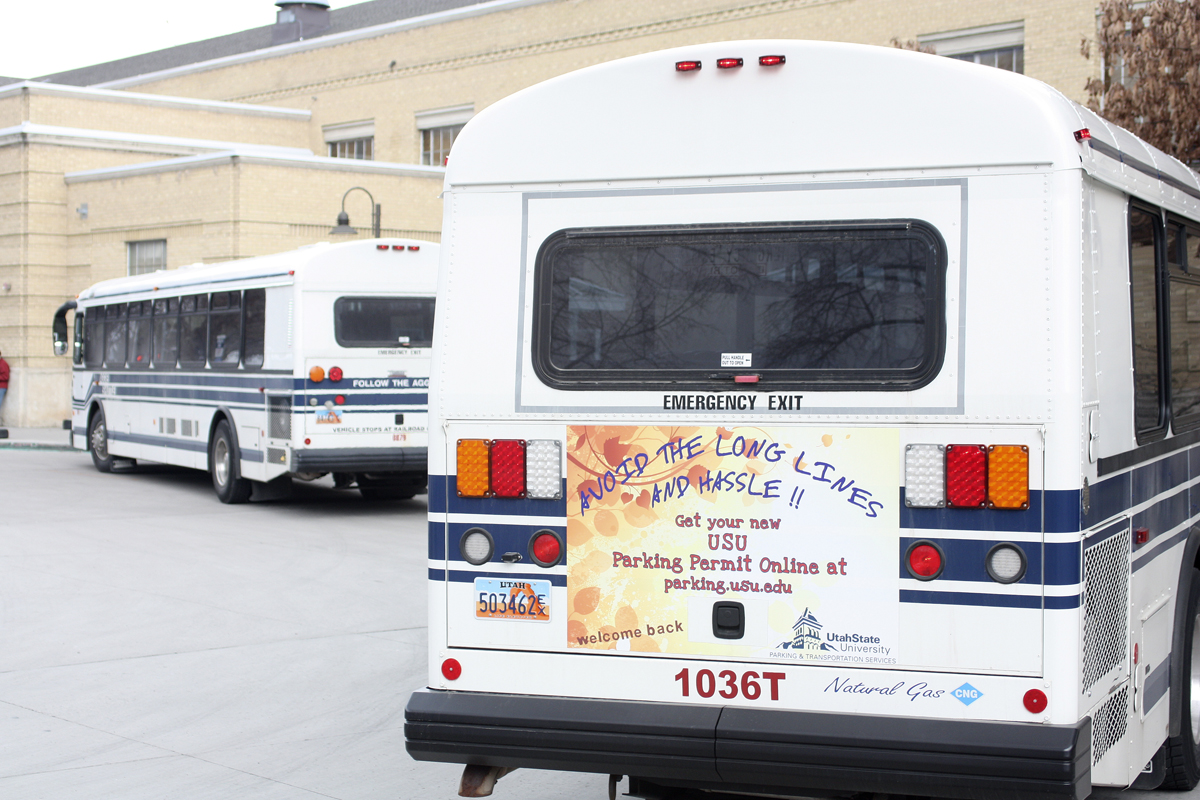Fuel prices siphon bank accounts
The price of gas has risen almost one dollar per gallon since the beginning of 2011, according to Utahgasprices.com.
“There are many long-, middle- and short-term factors that come into play,” said political science professor Michael Lyons concerning the gas price spike. “The dollar is losing value … conflicts in the East have reduced oil production to some extent … the U.S. is consuming well beyond our needs.”
Over the past six months, the value of the dollar has reduced by almost 10 percent, Lyons said, and the increase of gas prices has less to do with the increase of the price of oil and more to do with the devaluation of the dollar.
“I don’t think the price of gasoline is that much higher than it was 8-10 years ago other than the fact that the dollar has dropped in value and we need more dollars to buy more oil,” Lyons said.
The conflicts in Egypt, Libya and other countries could also be a contributor, he said, due the fact that oil production has greatly reduced in certain areas in the east. Another major factor, one that plays on a more long-term level, is the increase of demand in oil, Lyons said.
“The economies of China, India and other formerly less developed nations, that have industrialized have been some of the biggest factors (in the increase). The percent of people who own automobiles has gone up quite a bit,” Lyons said.
These international developments have caused a drastic change in the supply and demand for the oil market and, according to Lyons, could be a long-term factor that will only cause an increase in future oil prices.
“In the short term, it’s not really a political decision, and there’s not much the government can do about it,” Lyons said.
“This hurts,” said Darrell Rawlins, a senior at USU who often commutes long distances for work. “When the school year started gas was about $2.50 and it was 35 bucks to fill up your tank. But now it’s getting to be 45 or 50, and when you drive as much as I do for my job, that’s like putting 200 dollars into your car every month.”
As prices at the pump increase, many local programs are reaping the benefits.
Parking and Transportation services recently received federal funding to help them purchase two additional buses to forward their alternative energy shuttle program.
The USU shuttle system, which has been recognized by both local and government agencies for its use of alternative energy, continues to prosper, said Alden Erickson, the Shuttle Supervisor for Parking and Transportation Services at USU.
“Natural gas is different than gasoline and diesel,” Erickson said, “for the fact that it is still considered a public utility rather than a transportation fuel and therefore the things that move the market are a little different for natural gas.”
The Aggie Shuttle system continues to serve about 6,200 local residents per day and has given about one million rides this year, Erickson said.
The demand for oil is high, Lyons said, and he doesn’t see gas prices going down in the near future.
– kevin.mitchell@aggiemail.usu.edu

